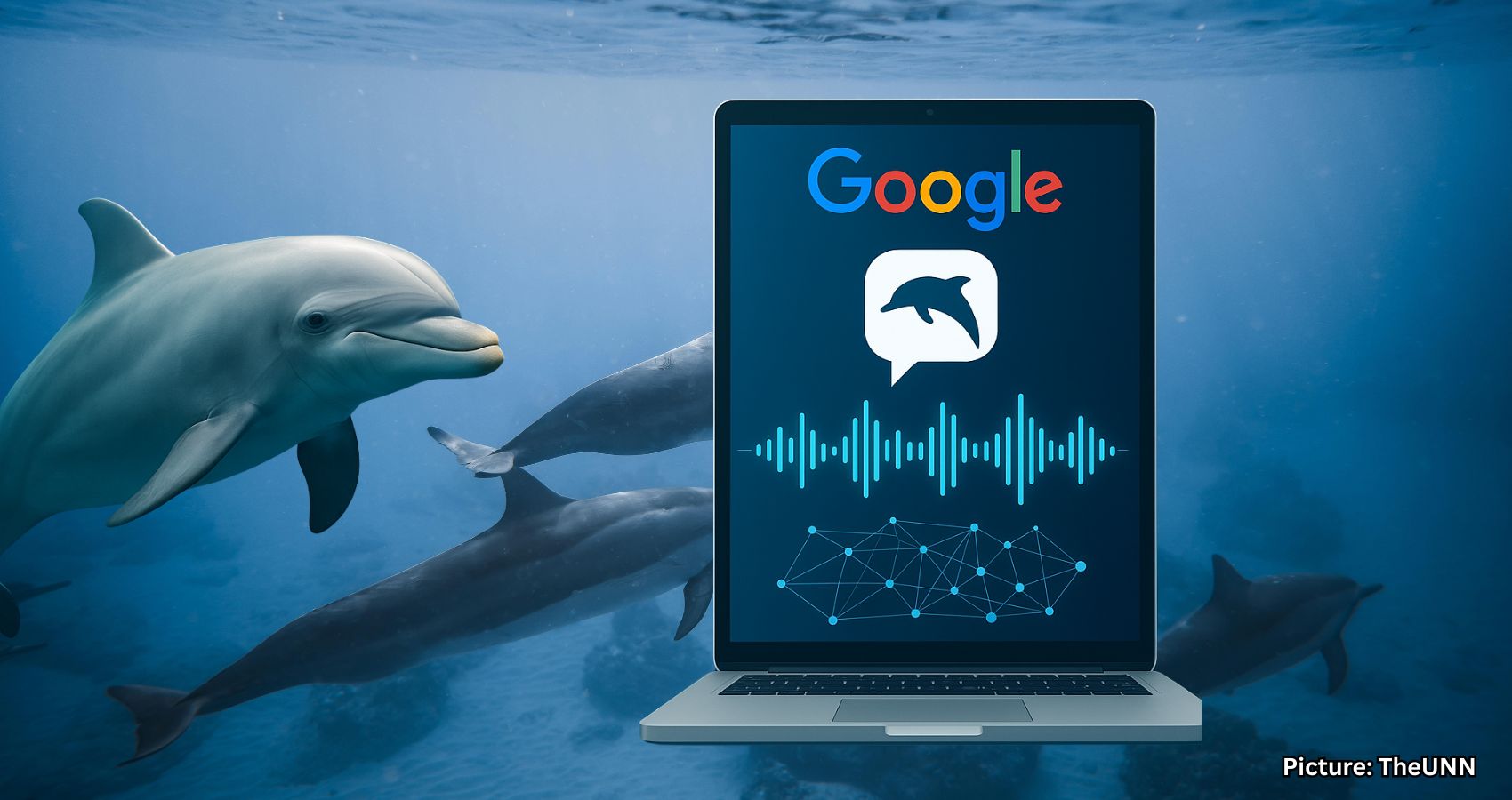Google is leveraging artificial intelligence to decode dolphin communication, aiming to facilitate human-dolphin interaction in the future.
Google is embarking on an ambitious project to decode dolphin communication using artificial intelligence (AI), with the ultimate goal of enabling humans to converse with these intelligent marine mammals.
Dolphins are renowned for their cognitive abilities, emotional depth, and social interactions with humans. For thousands of years, they have captivated people with their intelligence. Now, Google is collaborating with researchers from the Georgia Institute of Technology and the Wild Dolphin Project (WDP), a Florida-based non-profit organization that has been studying and documenting dolphin sounds for four decades, to develop an AI model named DolphinGemma.
The Wild Dolphin Project has spent years correlating various dolphin sounds with specific behavioral contexts. For example, signature whistles are utilized by mothers and calves to reunite, while burst pulse “squawks” are often observed during conflicts among dolphins. Additionally, “click” sounds are frequently employed during courtship or when dolphins are chasing sharks. This extensive data collection has provided a rich foundation for the new AI initiative.
DolphinGemma is built upon Google’s lightweight open AI model, known as Gemma. The new model has been trained to analyze the extensive library of recordings compiled by WDP, aiming to detect patterns, structures, and even potential meanings behind dolphin vocalizations. Over time, DolphinGemma will categorize these sounds, akin to words, sentences, or expressions in human language.
According to a blog post by Google, “By identifying recurring sound patterns, clusters, and reliable sequences, the model can help researchers uncover hidden structures and potential meanings within the dolphins’ natural communication—a task previously requiring immense human effort.” The researchers hope that by establishing these patterns, combined with synthetic sounds created to represent objects that dolphins enjoy, a shared vocabulary for interactive communication may emerge.
DolphinGemma utilizes audio recording technology from Google’s Pixel phones, which allows for high-quality sound recordings of dolphin vocalizations. This technology is capable of isolating dolphin clicks and whistles from background noise, such as waves, boat engines, or underwater static. Clean audio is crucial for AI models like DolphinGemma, as noisy data could hinder the AI’s ability to learn effectively.
Google has announced plans to release DolphinGemma as an open model this summer, making it accessible for researchers around the globe to use and adapt. Although the model is currently trained on Atlantic spotted dolphins, it has the potential to assist in studying other dolphin species, such as bottlenose or spinner dolphins, with some adjustments.
“By providing tools like DolphinGemma, we hope to give researchers worldwide the means to mine their own acoustic datasets, accelerate the search for patterns, and collectively deepen our understanding of these intelligent marine mammals,” the blog post states.
As this project unfolds, it may pave the way for groundbreaking advancements in our understanding of dolphin communication and foster a new era of interaction between humans and these remarkable creatures.
Source: Original article

